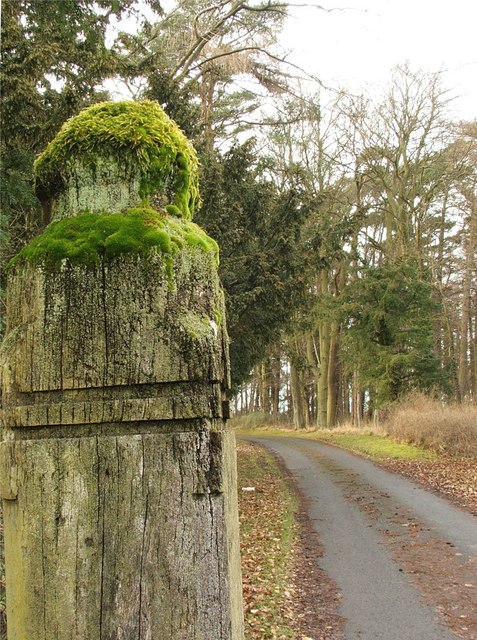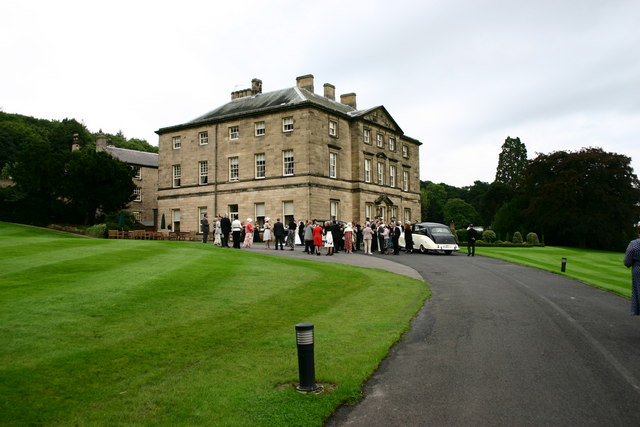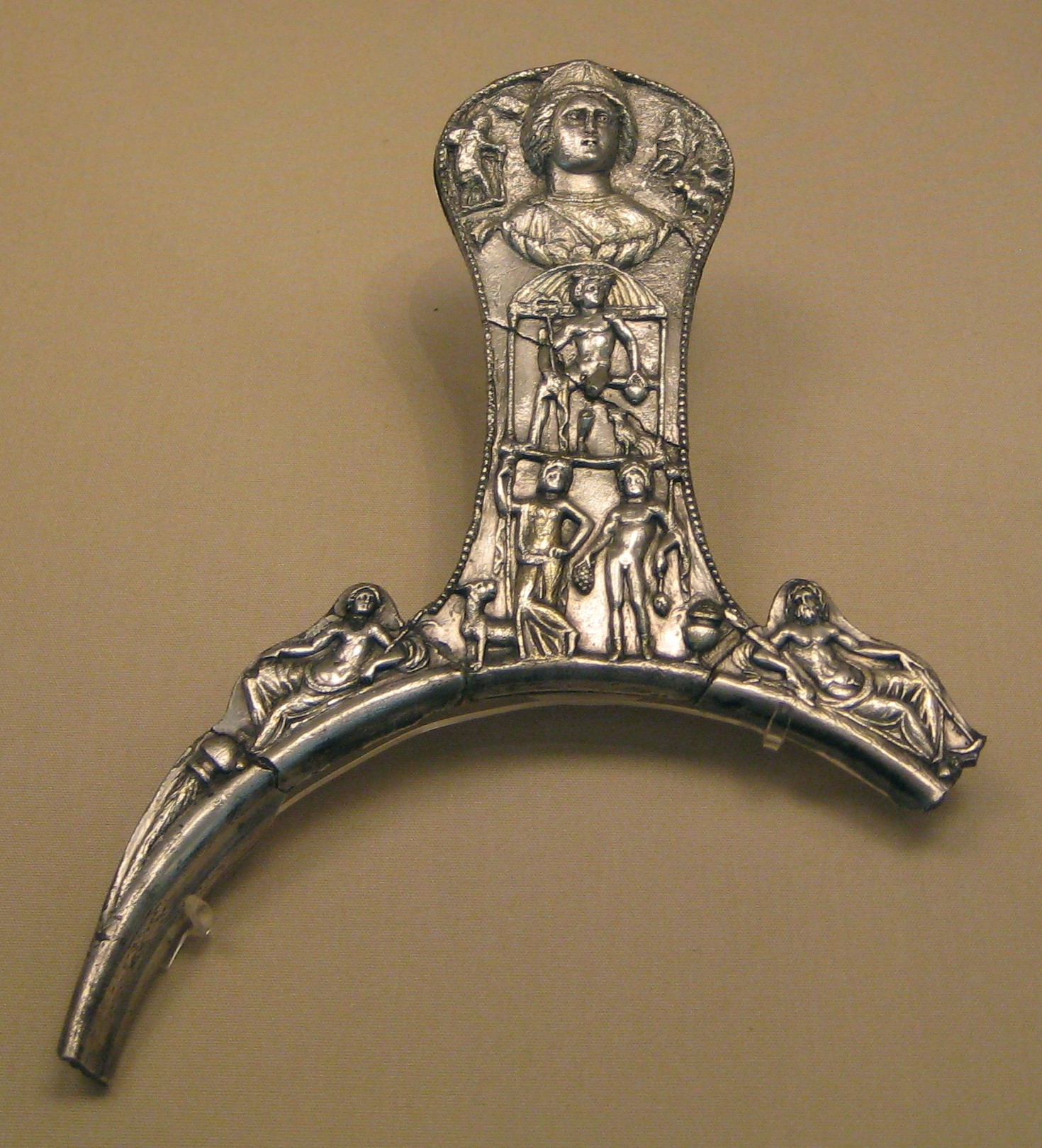|
William Newton (architect, 1730–1798)
William Newton (1730–1798) was an English architect who worked mainly in Newcastle upon Tyne and Northumberland. His work shows a conventional but elegant Classical architecture, classical style, influenced by Robert Adam, Adam and James Paine (architect), Paine, and with a strong Palladian architecture, Palladian feel typical of late 18th century architecture. Most of his buildings are stately homes in rural Northumberland, but he also created some interesting public works in Newcastle: The Assembly Rooms, St Anne's Church, the refaced Guildhall, and elegant private housing in Charlotte Square. He was the son of Robert Newton, a builder. He married Dorothy Bell and lived for 28 years at 1, Charlotte Square, Newcastle. His big break came when he was appointed architect for The Assembly Rooms in Newcastle in 1774; as a result he became favoured by the Northumbrian elite. He has been described as 'the first truly Nothumbrian architect'. His work includes:- * The Infirmary, ... [...More Info...] [...Related Items...] OR: [Wikipedia] [Google] [Baidu] |
Howick Hall 01
Howick may refer to: Places *Howick, KwaZulu-Natal, in South Africa **Howick Falls *Howick, Lancashire, a small hamlet (Howick Cross) and former civil parish in England *Howick, New Zealand **Howick Historical Village **Howick (New Zealand electorate), a former parliamentary electorate, 1993–1996 **Howick ward, electoral district of Auckland Council *Howick, Northumberland, a village in England **Howick Hall, a stately home **Howick house, a Mesolithic site *Howick, Ontario, Canada *Howick, Quebec, Canada *Howick, Western Australia, in the Shire of Esperance, Australia *Howick Group National Park *Howick Island, Australia People *Baron Howick of Glendale *Baron Grey of Howick and Viscount Howick (in Northumberland), subsidiary titles of Earl Grey *Jeremy Howick Other uses *USS Howick Hall (ID-1303), USS ''Howick Hall'' (ID-1303), a United States Navy ship See also * Hawick, a town in the Scottish Borders council area {{disambiguation, geo, surname ... [...More Info...] [...Related Items...] OR: [Wikipedia] [Google] [Baidu] |
Hebburn Hall
Hebburn Hall also known as Ellison Hall is a 17th-century country mansion, which has been converted into residential apartments and houses, situated at Hebburn, South Tyneside, Tyne and Wear (). It is a Grade II listed building. Long before the Manor of Hebburn was subsumed by the conurbation of Newcastle upon Tyne, the estate was acquired by the Ellisons, a family of merchant adventurers of Newcastle. Robert Ellison, Sheriff and Member of Parliament for Newcastle, replaced the 14th-century Tower house with a new manor house in the mid 17th century. His descendant Henry Ellison ( who was High Sheriff of Northumberland in 1734) rebuilt the property in a somewhat grander style in 1790, creating, it is said with the assistance of architect William Newton, a three-storey, nine-bay mansion house. Improvements were made about 1819 by architect John Dobson. Hebburn Hall is a good example of a building in the ''Tyneside Classical'' tradition of the Dobson era. When Henry's son Cuthbert ... [...More Info...] [...Related Items...] OR: [Wikipedia] [Google] [Baidu] |
1730 Births
Year 173 ( CLXXIII) was a common year starting on Thursday (link will display the full calendar) of the Julian calendar. At the time, it was known as the Year of the Consulship of Severus and Pompeianus (or, less frequently, year 926 ''Ab urbe condita''). The denomination 173 for this year has been used since the early medieval period, when the Anno Domini calendar era became the prevalent method in Europe for naming years. Events By place Roman Empire * Gnaeus Claudius Severus and Tiberius Claudius Pompeianus become Roman Consuls. * Given control of the Eastern Empire, Avidius Cassius, the governor of Syria, crushes an insurrection of shepherds known as the Boukoloi. Births * Maximinus Thrax ("the Thracian"), Roman emperor (d. 238) * Mi Heng, Chinese writer and musician (d. 198) Deaths * Donatus of Muenstereifel, Roman soldier and martyr (b. AD 140 Year 140 ( CXL) was a leap year starting on Thursday (link will display the full calendar) of the Julian cal ... [...More Info...] [...Related Items...] OR: [Wikipedia] [Google] [Baidu] |
William Newton Plaque - No 1 Charlotte Square, Newcastle Upon Tyne
William is a masculine given name of Norman French origin.Hanks, Hardcastle and Hodges, ''Oxford Dictionary of First Names'', Oxford University Press, 2nd edition, , p. 276. It became very popular in the English language after the Norman conquest of England in 1066,All Things William"Meaning & Origin of the Name"/ref> and remained so throughout the Middle Ages and into the modern era. It is sometimes abbreviated "Wm." Shortened familiar versions in English include Will, Wills, Willy, Willie, Liam, Bill, and Billy. A common Irish form is Liam. Scottish diminutives include Wull, Willie or Wullie (as in Oor Wullie or the play ''Douglas''). Female forms are Willa, Willemina, Wilma and Wilhelmina. Etymology William is related to the German given name ''Wilhelm''. Both ultimately descend from Proto-Germanic ''*Wiljahelmaz'', with a direct cognate also in the Old Norse name ''Vilhjalmr'' and a West Germanic borrowing into Medieval Latin ''Willelmus''. The Proto-Germanic name is a ... [...More Info...] [...Related Items...] OR: [Wikipedia] [Google] [Baidu] |
Newton Hall, Northumberland
Newton Hall is an 18th-century country house at Newton on the Moor, near Alnwick, Northumberland, England. It is a Grade II listed building. History The house was built for Samuel Cook on the site of an earlier house in 1772, possibly by Newcastle architect William Newton. His grandson Samuel Edward Cook inherited the estate and also the Hauxley estate of his maternal grandmother Frances Widdrington.''Burkes Genealogical and Heraldic Dictionary of the Landed Gentry of Great Britain and Ireland'' (1863) p1659 Google Books In 1840 he changed his name to Widdrington. He served as High Sheriff of Northumberland in 1854. His nephew and heir Shalcross Fitzherbert Jacson (who changed his name to Widdrington in 1856) significantly remodelled and enlarged the house in 1864. He was High Sheriff in 1874. The Widdrington estates were broken up in the 20th century. Hauxley was sold in 1956 and Newton by auction in 1957. The house contents were auctioned by Christie's in London on 20 Janu ... [...More Info...] [...Related Items...] OR: [Wikipedia] [Google] [Baidu] |
Close House, Northumberland
Close House is a country estate near Heddon-on-the-Wall, Northumberland. The estate contains a Grade II* listed former mansion house, which is currently a private residence, and Close House Golf Club. Overview A monastic house occupied the site in the 14th century. A later house on the site was sold by the Read family in 1626 to Robert Bewicke (1573–1641) a Merchant Adventurer of Newcastle on Tyne, who was Sheriff of that city in 1615 and Mayor 1628 and 1637. The Bewicke family held the estate for over 300 years. The house was the home of Calverley Bewicke (1755–1815) who was High Sheriff of Northumberland in 1782 and Member of Parliament for Winchelsea 1806–1815. In 1779 he demolished the house and replaced it with an imposing mansion house. This was possibly designed by Newcastle architect William Newton. From 1906 the Hall was let out to tenants and the Hall and estate were sold in 1953. In 1960 the Hall and park were acquired by Kings College, Newcastle. The univ ... [...More Info...] [...Related Items...] OR: [Wikipedia] [Google] [Baidu] |
Craster Tower
Craster Tower is an 18th-century Georgian mansion incorporating a 14th-century pele tower situated near the fishing village of Craster, Northumberland, England. It is a Grade II* listed building. History The Craster family have owned lands at Craster since about 1278. The substantial rectangular pele tower, originally of four storeys, is believed to date from the mid 14th century. It is referred to in a survey of 1415 as in the ownership of Edmund Crasestir. The property was enlarged around 1666 when a two-storey manor house was built adjoining the east side of the Tower. A stable block (Grade II listed) was built to the north in 1724. In 1769, George Craster erected an impressive five-bayed, three-storey Georgian mansion adjoining the south side of the Tower, which was reduced to three storeys and recastellated at this time. This may be by Newcastle architect William Newton. In 1838, Thomas Wood Craster (High Sheriff of Northumberland in 1852) employed the architect John D ... [...More Info...] [...Related Items...] OR: [Wikipedia] [Google] [Baidu] |
Capheaton
Capheaton is a village and civil parish in Northumberland, England, about to the northwest of Newcastle upon Tyne. The population at the 2001 census was 160, increasing to 175 at the 2011 Census. It was built as a planned model village in the late eighteenth century. The name Capheaton derives from ''Caput Heaton'', i.e., ''Heaton Magna'', nearby Kirkheaton being the original ''Heaton Parva''. The Capheaton archives are at the Northumberland Record Office. Governance Capheaton is in the parliamentary constituency of Berwick-upon-Tweed. Landmarks The Devil's Causeway passes the village just over to the east. The causeway is a Roman road which starts at Port Gate on Hadrian's Wall, north of Corbridge, and extends northwards across Northumberland to the mouth of the River Tweed at Berwick-upon-Tweed. A Roman-British silver treasure was found in the village in the eighteenth century. Known as the Capheaton Treasure, it is now in the British Museum. Capheaton Hall is an ... [...More Info...] [...Related Items...] OR: [Wikipedia] [Google] [Baidu] |
John Grundy (television Presenter)
John Grundy (born 1946) is a television presenter and author. His work mainly features North East England. Biography Grundy was born in 1946 in Carlisle, Cumberland. He taught in north-east schools from 1970. He became a lecturer in English Literature at South Tyneside College. He was strongly influenced by reading Nikolaus Pevsner's Buildings of England series of architectural guides. In the late 1980s he worked for the Historic Buildings and Monuments Commission for England, before beginning a more public career as a writer and television presenter on architecture, especially that of Northern England. He does live commentaries aboard the Shields Ferry, which cruises up and down the River Tyne from South Shields to Newcastle during the Summer. He is also chairman of the Friends of Beamish. Books In the late 1990s Grundy edited and expanded the new edition of Pevsner's ''Northumberland'', in the Buildings of England series. In 2003 he published ''Northern Pride'', ... [...More Info...] [...Related Items...] OR: [Wikipedia] [Google] [Baidu] |
Fenham
Fenham is an area of the west-end of Newcastle upon Tyne, England. It lies to the west of the city centre, and is bounded on the north and east by a large area of open land known as the Town Moor. To the south lies Benwell, West Denton lies to the west, Blakelaw and Cowgate to the north, and Arthur's Hill and Spital Tongues to the east. As of 2018, the area covers two wards of Newcastle: Wingrove Ward, and West Fenham Ward. Fenham grew up as a separate township from Newcastle, lying on the western outskirts of the city. Much of the land originally belonged to religious charitable institutions, and there are covenant restrictions on the building of any licensed premises. History Fenham was part of the manor of Elswick in the Barony of Bolam until the lands were passed into the ownership of the Knights Templar in 1185. Following the suppression of the Templars in 1307 the manor of Fenham was transferred to the Knights Hospitaller in 1313. In the intervening years it is rec ... [...More Info...] [...Related Items...] OR: [Wikipedia] [Google] [Baidu] |
Lemmington Hall
Lemmington Hall is an 18th-century country mansion incorporating a 15th-century tower house, situated near Edlingham, Northumberland, England. It is a Grade II* listed building. The original tower house built for the Beadnall family in the early 15th century was a four-storey construction which was reduced in height in the 17th century when Nicholas Fenwick (Mayor of Newcastle 1720) converted the building into a country house. Despite substantial alterations and improvements by architect William Newton in the late 18th century, the property had become a roofless ruin by the end of the 19th century. It was completely restored by Sir Stephen Aitchison (see Aitchison baronets), who acquired the ruinous property in 1913. In 1927 Aitchison bought an column, designed by Sir John Soane dedicated to the memory of members of the Evelyn family of Felbridge, Surrey, which he dismantled and re-erected in the grounds at Lemmington. In 1825 the property was acquired by William Pawson of S ... [...More Info...] [...Related Items...] OR: [Wikipedia] [Google] [Baidu] |
Hesleyside Hall
Hesleyside Hall is a privately owned 18th-century country house and the ancestral home of the Border reiver Charlton family about west of Bellingham, Northumberland. It is a Grade II* listed building.Keys to the Past The Charltons have been at Hesleyside since the 14th century. The present mansion, believed to be built on the site of a 14th-century , was built in 1719. The grounds were laid out by in 1776 and the east front was remodelled by architect [...More Info...] [...Related Items...] OR: [Wikipedia] [Google] [Baidu] |




